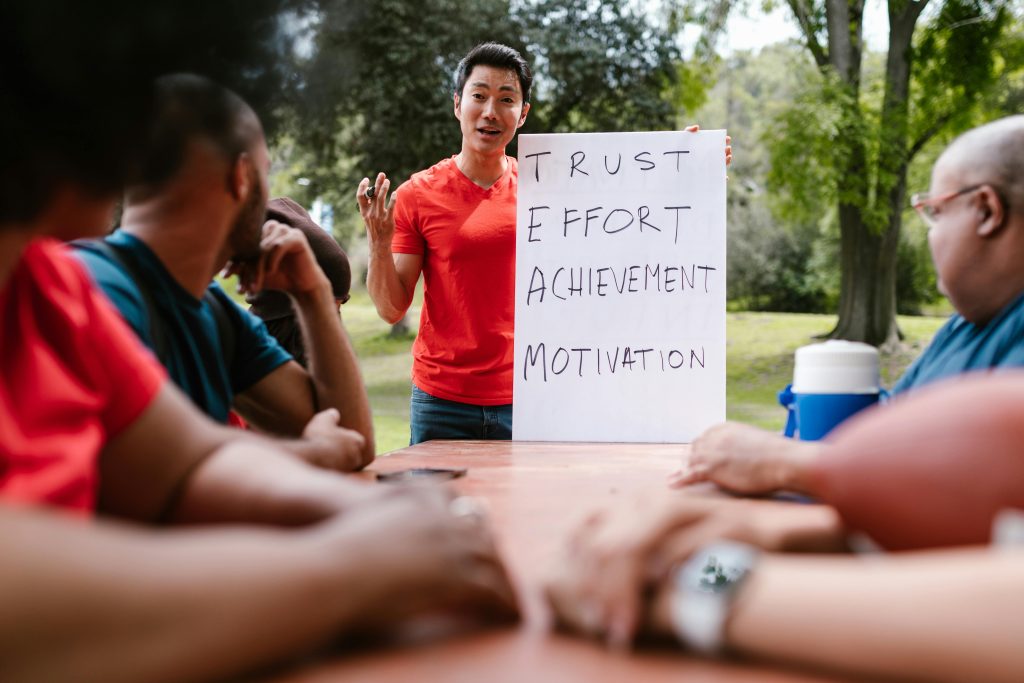Hi everyone, this is COL Rob and today we have another video from our series “The Leadership Toolkit: Foundations of EPIC Leadership.” In this series, we’re sharing practical tools and strategies to help leaders like you improve your skills and run high-performing teams. Leadership isn’t just about big-picture vision—it’s about mastering the everyday processes, like time management and organization, that either build or break trust, productivity, and team morale.
Today we tackle one of our most insidious enemies – emails.
Emails can feel like the ultimate productivity killer. What starts as a tool for communication quickly becomes a relentless flood of messages, each demanding your time, attention, and decisions. Without a system to manage it, your inbox transforms into a source of constant stress and inefficiency.
For many, the pattern is all too familiar:
- Constant Interruptions: Emails arrive all day, pulling you away from meaningful work and breaking your focus.
- Decision Fatigue: Every email requires action—respond, archive, delete, or delegate. Over time, this endless decision-making drains your mental energy.
- Indecision and Procrastination: When you don’t know what to do with an email, it just sits there. Over days and weeks, your inbox becomes a digital junk drawer, filled with hundreds or thousands of unprocessed messages.
- Missed Opportunities: Important emails get buried under a pile of unread messages, leading to missed deadlines, strained relationships, and lost chances to move projects forward.
- The Illusion of Productivity: Sifting through emails gives the feeling of being busy, but it’s just busywork. Without a clear system, you’re spinning your wheels instead of driving results.
This cycle leads to what can only be described as email hell—a state where your inbox controls you, instead of the other way around. The stress of knowing there’s more to do than you can handle becomes overwhelming. Important decisions get delayed, priorities get muddled, and the constant pressure leaves you reactive rather than proactive.
The solution isn’t just about organizing your inbox—it’s about regaining control of your time, focus, and energy. The D-Day Battle Plan was designed to break this cycle. By providing a clear, actionable system, it eliminates indecision and helps you process emails with purpose and precision. Instead of drowning in a sea of messages, you’ll finally have a framework to master your inbox—and lead with clarity.
It’s based on one simple principle – handle each piece of paper (or email) once. This increases both effectiveness and efficiency. Now, can we really do that? No, not all the time – but we can drastically cut down how often we “touch” each email or piece of paper and this can give us an hour or more a day of our precious time.
This system is designed to process your inbox with precision and purpose, helping you prioritize effectively and free up time for your most important tasks. This system is a mash-up of multiple strategies including Tim Ferris’ “DEAL with it” strategy. It’s called D-Day because you’re going to take control of your day through a simple decision tree where all the steps start with the letter D: primarily Dump, Decide, and Do—and emphasizes staying to the right of the yellow line to maximize efficiency.
Step 1: Dump
To avoid constant interruptions, unless an email is truly urgent, dump it into a dedicated “Inbox File.”
- The goal here is to clear your immediate workspace and keep your attention focused on high-priority tasks.
- Twice a day, after completing your most important task, return to the inbox file to process everything systematically.
This ensures you stay proactive rather than reactive, controlling your time instead of letting your inbox control you.
REALITY CHECK: check email only 3 times per day???? Yes, then only twice – max.
Step 2: Decide
The second step is to decide what to do with each email. At this stage, your decision tree branches into three options: Deliberate, Dispose, or Do.
1. Deliberate
- If you’re unsure whether an email requires action or further thought, move it to a dedicated Someday/Maybe folder.
- This prevents uncertainty from clogging your inbox while ensuring the item is saved for later evaluation.
2. Dispose
- If an email doesn’t require action, dispose of it immediately:
- Trash: Delete irrelevant or unnecessary emails.
- Library: Archive emails you may need to reference later in an organized folder structure.
3. Do
- If the email is worth acting on, move to Step 3: Do to determine who will handle it and when.
Step 3: Do
Once you’ve decided to take action, the flowchart branches again into two paths: Delegate or Do It Yourself.
1. Delegate
- If someone else can handle the task:
- Assign it to them with clear instructions and a deadline.
- Add the deadline to your calendar and schedule a follow-up to ensure it’s completed.
- File the email in a Delegate folder for reference.
2. Do It Yourself
If the task is yours to handle, there are three options:
- Do It Now: If it will take less than five minutes, act immediately to complete and clear the task.
- Defer It: For longer tasks, add them to a project list and schedule a time to complete them.
- Key Point: Don’t just file it away—ensure it’s added to your calendar or priority list to avoid forgetting about it.
- Do It Automatically: If the task can be automated, set up the system or process to handle it for you going forward.
Stay to the Right of the Yellow Line
The double yellow line in the flowchart visually separates actions that are the most efficient—Dispose, Delegate, and Do It Automatically—from others.
- Think of it like driving: staying to the right of the yellow line keeps you on the fastest, safest route to inbox control.
- By prioritizing these actions, you minimize the time spent processing emails and maximize the time available for higher-value activities.
- The overarching principle is to Delegate, Eliminate, and Automate, so you can liberate your time for what truly matters.
Why This Works
The D-Day Activities Flowchart simplifies a complex process into a structured system. It acknowledges the reality of decision fatigue and provides clear protocols to avoid wasting time. By staying disciplined and adhering to the flowchart, you’ll not only manage your emails but also develop habits that carry over into every area of your work and life.
With this system, you’ll no longer dread your inbox. Instead, you’ll approach it with confidence and clarity, knowing that every email has a place and a purpose.




